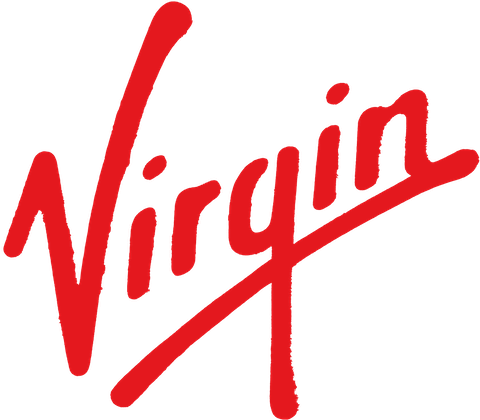TOP TEN TRUTHS ABOUT NAMING
One of the most important elements of a new brand is the name you create. But it’s also one of the hardest things to get right. AirBnB, Volkswagen and Google all nailed it—they’re descriptive, evocative and now household names. Here are some of the questions we use to evaluate potential names:
1: DOES IT MAKE A STRONG FIRST IMPRESSION?
Think about that person who knows nothing about your company, product or service. Your name should instantly spark an emotion and arouse curiosity. If it signals something new and different, even better. Originality will differentiate you from the competition.
2: WHAT’S THE MEANING OR BENEFIT BEHIND IT?
Cleverness is not enough. A good name should reflect what your business does, distilling your brand story down to clearly capture what you promise. One caution, though. Using a literal brand attribute in the name often fails. A name like Always Dependable Technologies does little to set you apart. Better to show rather than tell why you’re credible.
3: DOES IT MAKE SENSE?
Some names sound amazing—but are wrong for this business. Make sure the one you choose is on-brand and authentic to your established personality. It should play well with any other product or services names and look seamless when used in branded applications.
4: CAN YOU PRONOUNCE IT?
If a name rolls off the tongue and is easy to read, people are more apt to adopt it. Give your brand and your audience a break by avoiding words that may be constantly mispronounced or misspelled. The test? Ask yourself if customers can Google you or how your name will sound when a customer service rep uses it.
5: IS IT MEMORABLE?
Tried-and-true naming constructs have a way of sticking. Short, punchy names are easier to remember. Real words or a combination of them are popular because they already possess meaning and people will more readily accept them. Unique, invented names can be just as easily recalled if they feel tangible and have a sense of rhythm in their tone.
6: ARE ALL ASSOCIATIONS POSITIVE?
Make sure the name and URL are in good taste. If these have negative connotations or can be turned into unfavorable puns, go with another option. In today’s global economy, your name could also mean something entirely different in another region or when translated into another language. Always cross-check to be safe. Here are some examples of naming gone horribly wrong.
7: HOW IS ITS LONGEVITY?
The world’s most enduring names are successful because they create a foundation for storytelling. For some, an imaginative name like Amazon may have not seemed descriptive enough at the start. But over time, the company added layers of depth to the meaning and to this day, it feels fresh. Imagine your brand in a future state, and ask if the name would hold true if you expand into different locations or add new services.
8: DOES IT TRANSCEND TRENDS?
As tempting as it may be to copy a name you admire, resist. Not only will this create confusion, but sends a signal that you can’t stand on your own. Pursue longevity, not trends—which change from year to year. Right now, verbs are all the rage (Spotify, Shopify or Leafly, anyone?). We’re also seeing drop-the-vowel stylings, led by the likes of Tumblr, Flikr and Grndr. FOMO? You be you, and customers will respond.
9: IS IT PROTECTABLE?
The more distinctive the name, the easier it will be to trademark. Suggestive and aspirational names not only stand out from the competition but also are more likely to be ownable. Generic and descriptive ones are much more difficult to protect. The U.S. Patent Office can help you determine trademark ownership. Research potential domain names, too, at a resource like Network Solutions where you can also secure your site and protect it from use by future competitors. All said, some names and URLs are simply not going to be available—be prepared to let go of these and give yourself several options.
10: WHAT’S YOUR STRATEGIC LAUNCH PLAN?
Get customers as excited as you are by revealing what your name means for them. Does it signal change? Will it offer more value? All good things to communicate. Letting employees hear about the new name first will encourage them to rally behind it. This is your chance to tell the story behind the name—with the media, investors and stakeholders leaning in to learn more.
NAMING TERRITORIES
We use categories to guide creative thinking and critique during the naming process. Here are a few examples:
DESCRIPTIVE
Deliberately clear and literal



CONJOINED
A combination of two words or ideas



SUGGESTIVE
Aspirational, alluding to features and benefits


